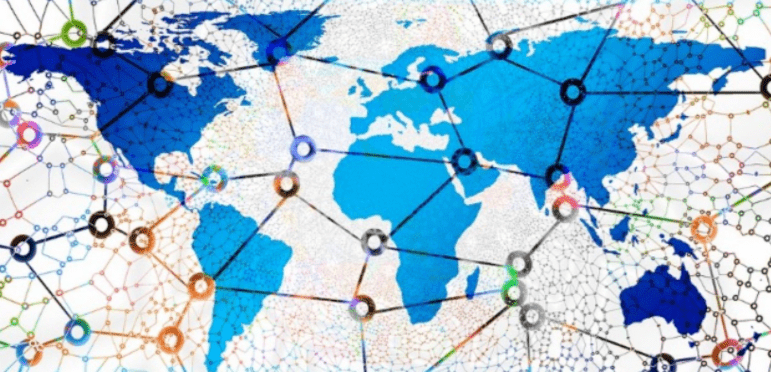The Covid-19 pandemic and the persistent invasion of Ukraine by the Russian Federation have caused significant disruptions in global supply chains and trade.
From the U.S. government’s perspective, these stresses put the spotlight on pre-existing vulnerabilities in many supply chains, which encompass the United States, and the disruptions have resulted in higher costs for manufacturers, farmers, businesses, and families.
The United States is making it a priority to address these bottlenecks, secure its critical supply chains, reduce prices, and revitalize U.S. manufacturing.
As such, in February 2021, President Joe Biden signed Executive Order 14017, «Securing America’s Supply Chains,» establishing a government-wide approach to assess the vulnerabilities of America’s critical supply chains and strengthen their resilience.
Pursuant to the Executive Order, the United States conducted a 100-day review of four priority product areas: semiconductors, large capacity batteries, essential minerals and materials, and pharmaceuticals and active pharmaceutical ingredients.
U.S. supply chains
In addition, in February 2022, the United States released the results of one-year reviews of six industrial-based supply chains: defense, transportation, energy, information and communications technology, public health, and agriculture and food.
As part of these reviews, the agencies considered new policies and investments in several sectors to address supply chain vulnerabilities stemming from geographically concentrated sourcing and to drive the transition to a low-carbon economy.
As part of the recommendations stemming from the 100-day reports prepared pursuant to Executive Order 14017, the United States established at the interagency level the Task Force on Supply Chain Trade Issues (Task Force), led by the USTR Office.
Through this Task Force, the USTR Office brings together a broad range of U.S. government agencies to identify unfair foreign trade practices that have impaired critical U.S. supply chains, as well as opportunities to use U.S. trade agreements and tools to strengthen the collective resilience of U.S. supply chains and their trading partners.
The United States has established bilateral and multilateral dialogue with its trading partners and other stakeholders to, among other things, identify supply chain bottlenecks and bottlenecks; ensure that supply chains incorporate sound environmental and labor standards; and facilitate trade in the context of supply chain disruptions.

